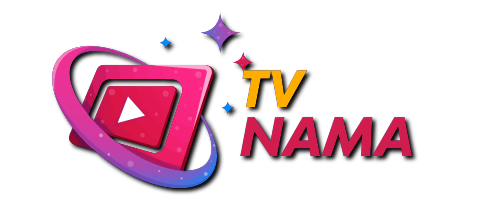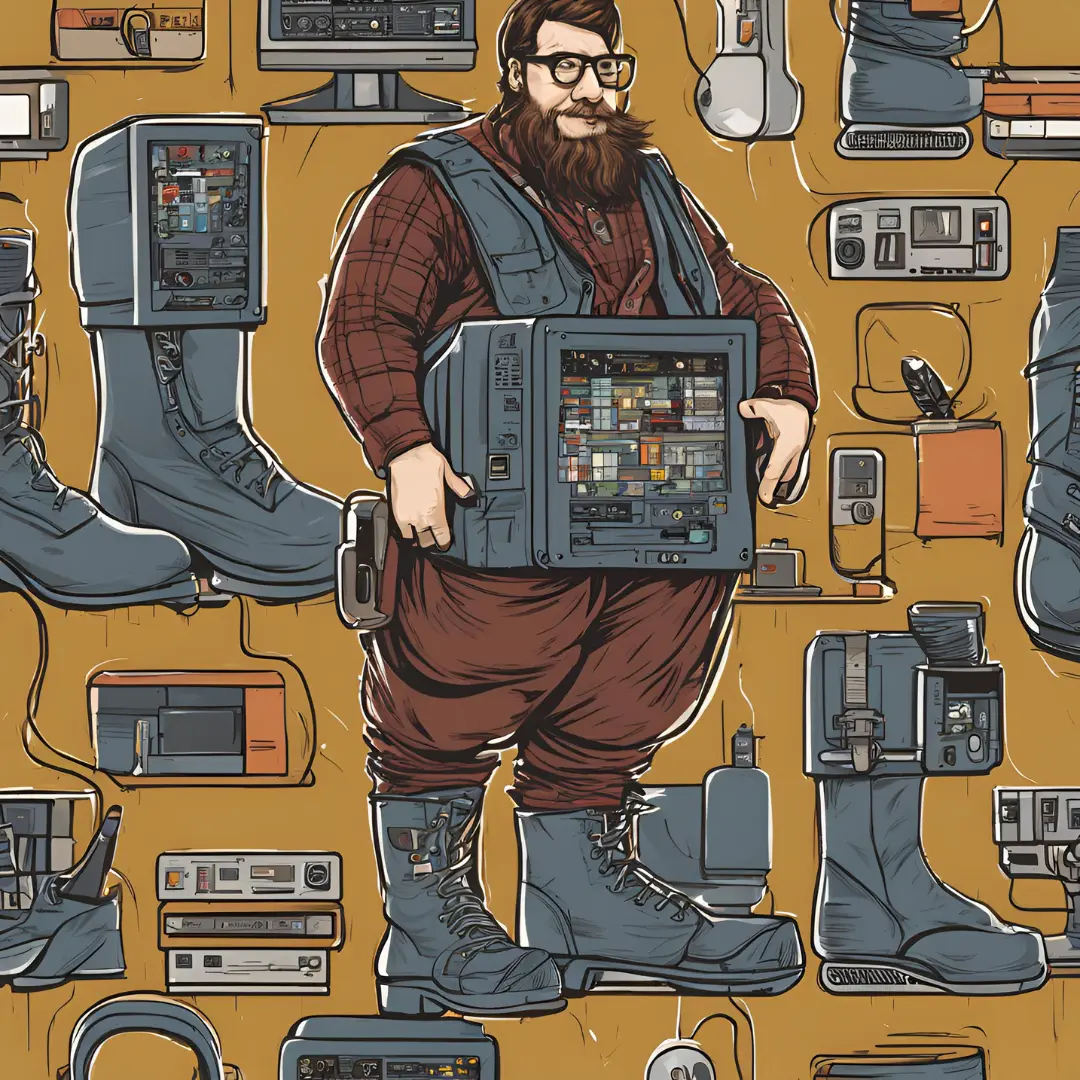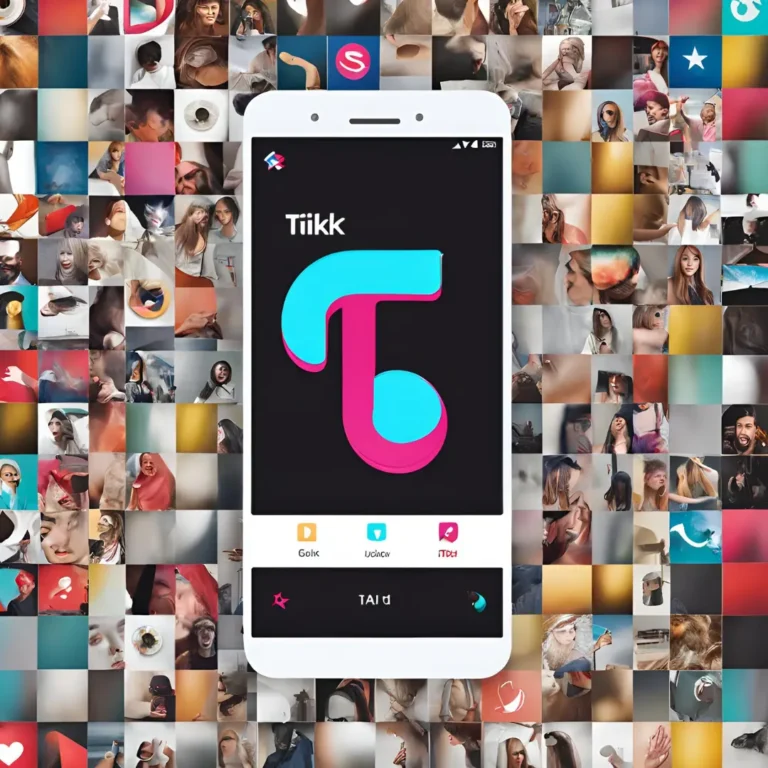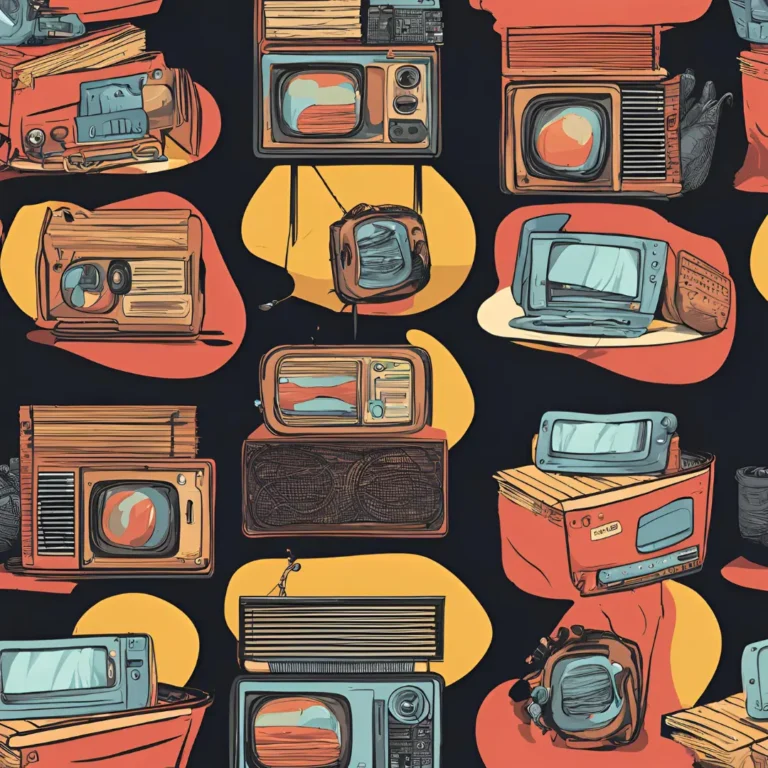Big Booty Tech Nerd
Ever stumble upon a phrase that stops you in your tracks? “Big Booty Tech Nerd” might just be one of those phrases. It’s quirky, a bit bold, and sparks a whole load of curiosity. But what does it really mean? Today, we’re diving into a discussion that blends a passion for technology with an often-overlooked aspect in the tech world—body image.
Meet our main characters: the Tech Nerd, who’s all about the latest gadgets and breakthroughs in tech; Body Image in Tech, a rarely discussed topic about how we see ourselves and others in the tech industry; Inclusivity in Tech, which looks at how welcoming the tech space is for everyone, no matter their size or background; and Pop Culture influences, which shape how we perceive the stereotypical tech enthusiast.
This article isn’t just about understanding a catchy phrase. It’s about exploring how diverse representations in the tech industry can enrich our understanding and make the field more welcoming for everyone. We’re peeling back the layers on what it means to be a tech enthusiast in a world that’s rich with diversity but often sees only a narrow slice of it.
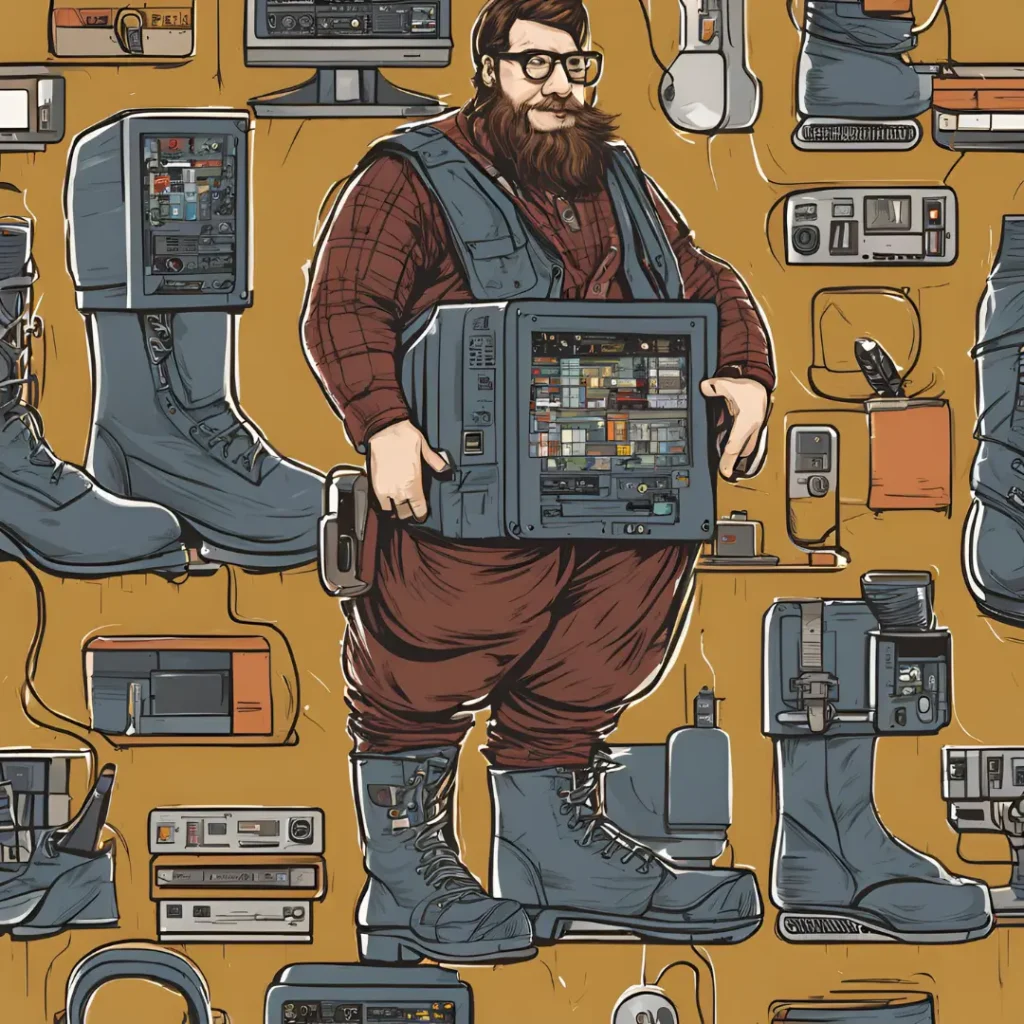
The Tech Nerd Persona
So, what exactly makes someone a tech nerd like the “Big Booty Tech Nerd”? It’s not just about wearing thick glasses and pocket protectors anymore. A true tech nerd is someone deeply passionate about technology and innovation. They’re the first to download new software, tinker with cutting-edge gadgets, and solve problems through technology. Characteristics of a tech nerd include a curious mind, a love for problem-solving, and a continual thirst for knowledge about how things work.
Over the years, the identity of the tech nerd has evolved significantly. Gone are the days when tech enthusiasts were sidelined as just the IT crowd. Today, they’re innovators and leaders in the tech world, shaping how we interact with technology daily. The current perception has shifted from niche hobbyists to mainstream influencers in technology, thanks to the booming tech industry and its broad appeal.
The Lifestyle of a Tech Nerd
Diving into the daily life of a tech nerd, you’ll find a routine that revolves around technology. Mornings might start with checking the latest tech news and updates, followed by experimenting with new software or hardware. Favorite gadgets are always within arm’s reach, from the latest smartphone models to custom-built PCs and cutting-edge smart home devices.
Community involvement is also a big part of the tech nerd lifestyle. Whether it’s participating in hackathons, contributing to open-source projects, or attending tech meetups, being part of a community helps tech nerds share their knowledge and learn from others. Case studies of notable tech nerds, like Mark Zuckerberg or Elon Musk, illustrate how a deep engagement with technology can lead to significant innovations and success in the industry. These individuals started with a simple passion for technology and turned it into influential careers that have reshaped how we live and work.
Body Image in the Tech Industry
In an industry celebrated for its brains, you might wonder how much looks matter. Traditionally, the tech world prioritizes intellectual prowess over physical appearance, focusing on what you can create and solve rather than how you look while doing it. However, the reality isn’t always so straightforward. Body image does play a role in the tech industry, just as it does everywhere else.
Consider the story of a software developer who attended a major tech conference. Despite her expertise, she felt out of place, not because of her skills but because she didn’t fit the typical ‘tech geek’ physical stereotype. This feeling of not belonging can affect confidence and performance, showing that perceptions of physical appearance do impact professional experiences in tech environments.
Addressing Stereotypes
The tech industry isn’t immune to stereotypes. There’s a lingering image of the tech nerd as a slender, perhaps awkward individual, often male, which doesn’t reflect the diverse people who work in tech today. These stereotypes can be limiting and damaging, affecting who gets noticed and who gets overlooked.
The impact on professional opportunities and workplace dynamics is significant. If you don’t “look the part,” you might find yourself being passed over for promotions or networking opportunities, not because of a lack of skill but because of a mismatch between appearance and expectations. Breaking down these stereotypes is crucial for creating a more inclusive tech culture where everyone can thrive based on their abilities and not their appearance. It’s about recognizing the diverse talents and contributions of all individuals, regardless of how they match up to traditional expectations.
Inclusivity in Tech
The tech industry, like many others, has been under the microscope when it comes to diversity and inclusion. While strides have been made, there’s still a significant journey ahead. Statistics reveal that certain groups, including women, people of color, and those from varied body types and backgrounds, remain underrepresented in many tech companies. This data not only reflects current hiring practices but also highlights areas where improvement is necessary.
To combat these disparities, many tech companies have implemented policies and initiatives aimed at promoting inclusivity. These include creating more inclusive hiring practices that focus on skills and potential rather than fitting a certain mold, establishing mentorship programs to help underrepresented groups advance, and conducting regular diversity training sessions to educate employees about bias and inclusivity.
PS: Check out how vyvymanga is changing the way manga is read.
Strategies for Enhancing Inclusivity
For tech companies looking to foster a more inclusive culture, the approach must be multifaceted. Recommendations often include:
- Implementing blind recruitment processes to reduce unconscious bias.
- Establishing clear career progression paths that are transparent and accessible to everyone, regardless of background or body type.
- Creating affinity groups and support networks to provide community and support for underrepresented employees.
Success stories abound in companies that have taken inclusivity seriously. For instance, a well-known tech giant has been recognized for its efforts to diversify its workforce, showing notable increases in hiring rates for women and minorities over recent years. Another smaller tech startup has gained attention for its adaptive work environment, which accommodates a variety of physical needs and has been hailed as a model for accessibility and inclusivity.
By learning from these examples, other companies can see that inclusivity not only enhances the work environment but also drives innovation and business success by bringing a variety of perspectives and ideas to the table.
Pop Culture and Tech
Pop culture has long had a fascination with the “tech nerd” archetype, often portraying them in films, television shows, and online media as socially awkward, invariably male, and usually wearing glasses. While these portrayals have helped make the tech field more visible to the public, they’ve also cemented a narrow view of what a tech enthusiast looks like and behaves like.
These representations significantly influence how the public perceives tech professionals and how individuals within the tech community see themselves. For someone who doesn’t fit this stereotype, it can feel isolating, as if they’re an outlier in their own field. This can impact everything from self-esteem to career aspirations, reinforcing the need for a broader, more inclusive view of who can be a tech enthusiast.
Breaking Down the Stereotypes
Thankfully, the narrative is changing. More recent media portrayals have started to break away from traditional stereotypes, showcasing tech nerds as diverse in terms of gender, race, and body type. Shows like “Silicon Valley” have begun to poke fun at old stereotypes, while others like “Mr. Robot” present tech geniuses with complex personalities and backgrounds, reflecting a more realistic diversity found in the tech world.
Social media has also played a pivotal role in reshaping these stereotypes. Platforms like Twitter, YouTube, and LinkedIn allow real-life tech enthusiasts to share their genuine experiences and challenges, debunking myths and showcasing the true diversity of the tech community. Influencers and tech bloggers use these platforms to discuss their work and personal lives, providing new perspectives on what it means to be a tech nerd today.
These evolving representations are crucial as they not only reflect but also influence real-world perceptions and policies within the tech industry, promoting a more inclusive environment where everyone is welcomed and valued for their contributions, regardless of how well they match a dated stereotype.
Conclusion
Throughout our exploration of the intriguing and multifaceted phrase “Big Booty Tech Nerd,” we’ve uncovered the deep connections between tech enthusiasm and the broader societal issues of body image, inclusivity, and media representation. We began by defining the modern tech nerd, moving beyond outdated stereotypes to embrace a persona characterized by curiosity and innovation. We then tackled the sensitive topic of body image in tech, revealing how physical appearance does indeed impact professional experiences in this intellectually driven field.
Our discussion expanded into the critical area of inclusivity in tech, where we highlighted both the current state of diversity and the active efforts to improve it. Success stories from forward-thinking companies offered inspiration and a roadmap for others aiming to foster an inclusive environment. Finally, we delved into the portrayal of tech nerds in pop culture, observing a promising shift in media that moves toward a more diverse and realistic representation.
Embracing diversity in all its forms not only enriches the tech industry but also drives innovation by incorporating a wide range of perspectives and ideas. By continuing to break down stereotypes and encouraging open dialogues, we can build a tech community that truly reflects the varied society it serves. Let’s keep this conversation going, pushing for a tech world where everyone, regardless of how they look or where they come from, feels valued and included. Together, we can redefine what it means to be a tech nerd in today’s world and ensure the tech industry is as diverse and dynamic as the technologies it creates.
